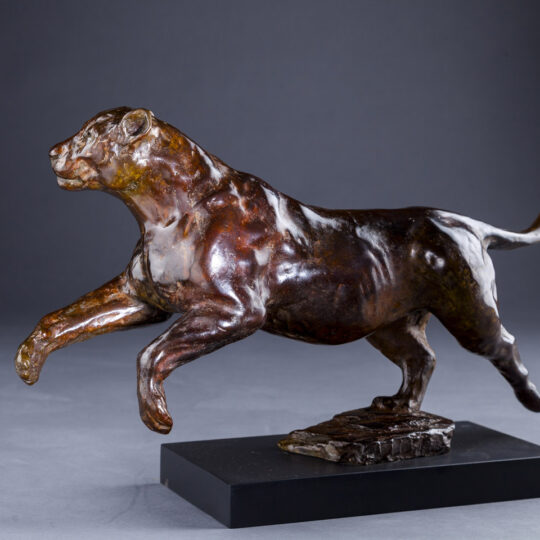
Piece Highlight: Lioness
This piece is depicting a lioness just before her ‘charge’. Lionesses will sometimes lope around their prey, rounding it up and immobilising it with fear.

This piece is depicting a lioness just before her ‘charge’. Lionesses will sometimes lope around their prey, rounding it up and immobilising it with fear.

Sometimes called Monarch or Royal Stags depending on the no. of points on their antlers. I call this a Monarch, regardless of the number of his points, because he has a very royal stature and presence.

The Cheetah is the fastest land animal on the planet. Achieving speeds of upto 64 km/h (40 mph) while hunting but are capable of accelerating up to 112 km/h (70 mph).